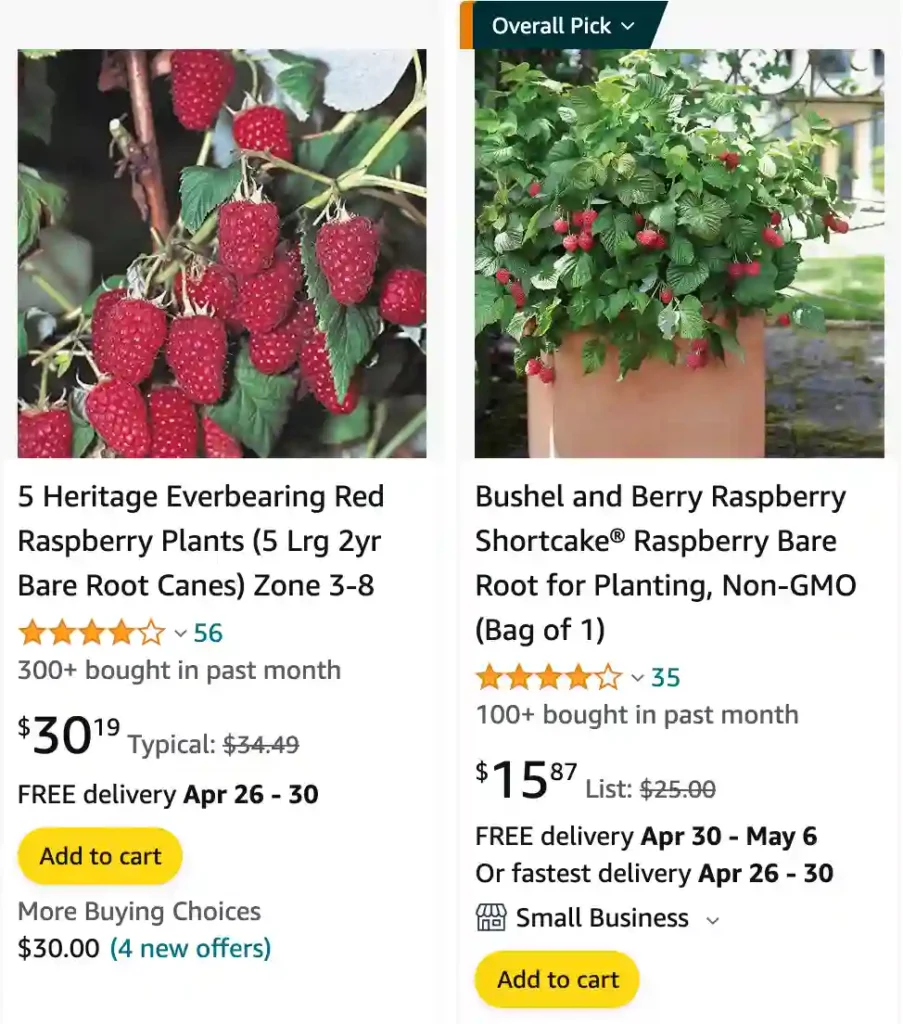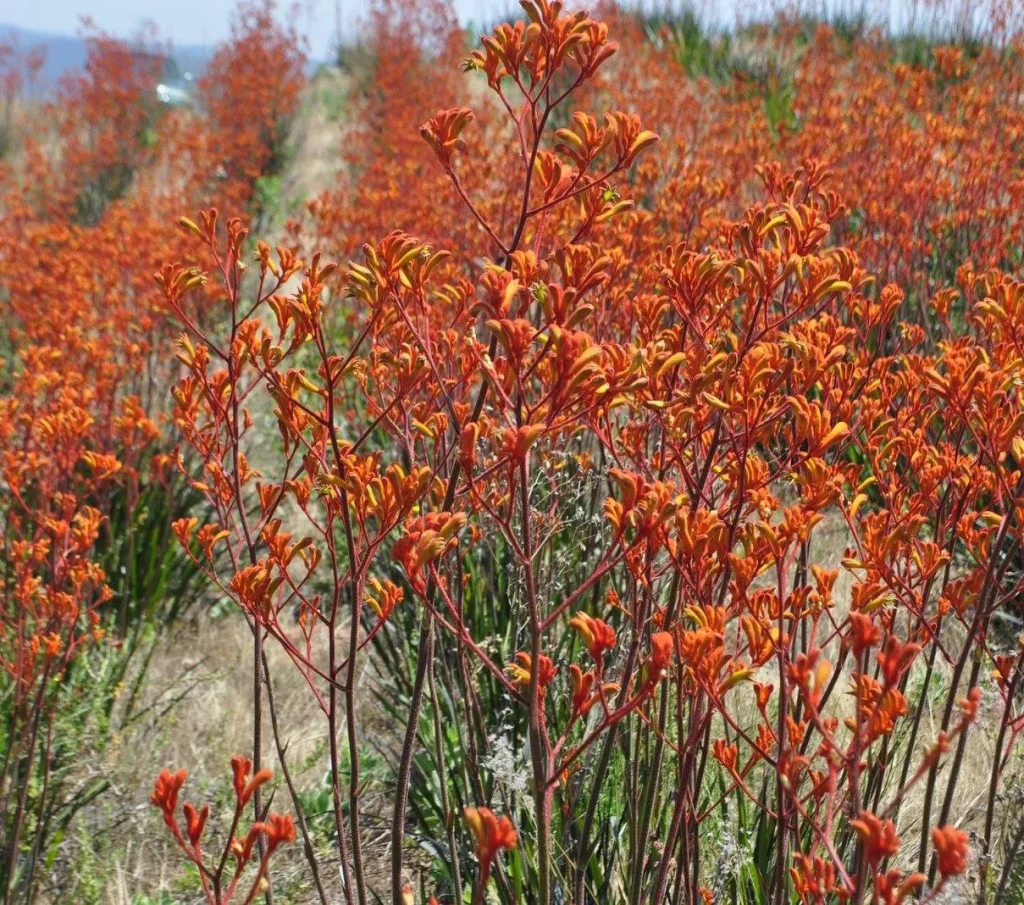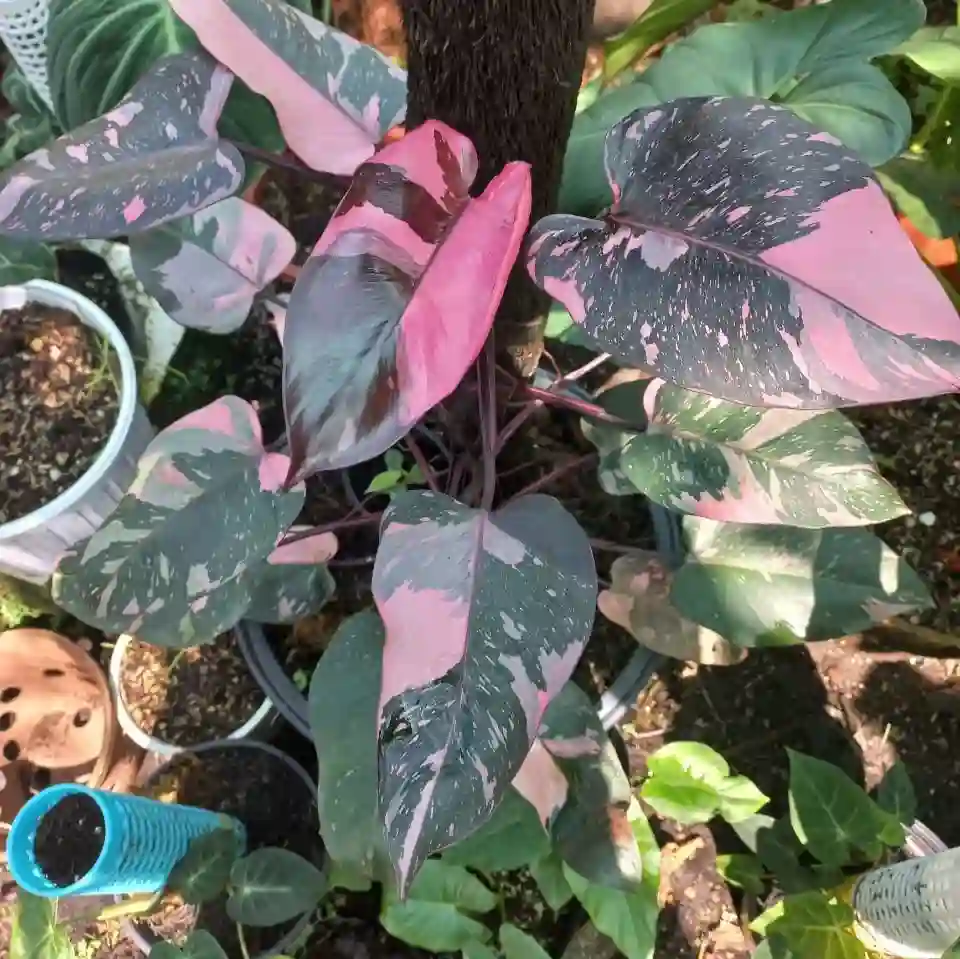
Rediscovering the Delight of Raspberry (Rubus idaeus)
Raspberries, scientifically known as Rubus idaeus, have always held a special place in my heart. There’s something inherently nostalgic about them—the vibrant red hue, the burst of tart-sweet flavor, and the unmistakable aroma that lingers in the air during harvest season. Growing and enjoying raspberries has been a journey filled with lessons in patience, reward, and connection to nature. Let me share my thoughts and experiences about this incredible fruit.
1556 Species in Genus Rubus
The Allure of Raspberries
Raspberries aren’t just a fruit; they’re a sensory delight. The moment you pick a ripe raspberry, its delicate structure almost melts between your fingers. Each tiny drupelet is a perfect vessel of juice and flavor, coming together in a symphony that defines summer for me. Their versatility is unmatched—I’ve used them in smoothies, baked them into pies, and even turned a bumper crop into jars of ruby-red jam to savor during colder months.
Scientifically, Rubus idaeus belongs to the Rosaceae family, closely related to blackberries and roses. This lineage explains their subtle floral undertones and their ability to pair wonderfully with herbs like mint and thyme.
Growing Raspberries: A Personal Journey
Growing raspberries in my backyard has been one of the most fulfilling horticultural endeavors I’ve undertaken. They thrive in well-drained, loamy soil with a pH between 5.5 and 6.5, and while they’re hardy, they demand attention to detail. I remember the first time I planted them; I underestimated their vigor. Within a couple of seasons, their canes sprawled beyond the neat rows I had envisioned, claiming corners of my garden with their exuberance.
Pruning has since become a ritual. Summer-bearing varieties require a careful hand to remove spent canes post-harvest, while everbearing types need a more comprehensive approach to balance first and second harvests. But I’ve come to appreciate this process—it’s meditative, grounding, and, dare I say, rewarding.
Challenges: A Test of Patience
Raspberries aren’t without their challenges. Pests like aphids and Japanese beetles can wreak havoc, while diseases such as cane blight and root rot often lurk. Yet, each challenge has taught me resilience. Introducing companion plants like marigolds has helped deter pests, and diligent crop rotation has kept soil health in check.
Weather, too, plays a crucial role. A sudden downpour can spoil ripening fruit, while excessive heat stresses the plants. Mulching has been my secret weapon, preserving soil moisture and regulating temperature swings.
The Joy of Harvesting
Harvesting raspberries is pure joy. It’s not just about the fruit but the moment—the crisp morning air, the dewy canes, and the anticipation of tasting the first ripe berry. I’ve often lost track of time, savoring one berry after another while filling my basket. There’s something magical about eating a raspberry right off the cane; it’s a fleeting perfection that no store-bought fruit can replicate.
Nutritional Powerhouse
Beyond their culinary allure, raspberries pack a nutritional punch. They’re rich in antioxidants like quercetin and ellagic acid, which combat oxidative stress. High in dietary fiber, they promote digestive health, while their low glycemic index makes them a suitable treat for those managing blood sugar.
Raspberries also offer a significant dose of vitamin C, manganese, and vitamin K, supporting immunity, bone health, and overall wellness. I often blend them into morning smoothies or toss them into salads for an added burst of nutrients.
Cultivating Connection
One of the most beautiful aspects of growing raspberries has been the connection it fosters—with nature, my family, and even my community. Sharing a bowl of freshly picked berries with neighbors or teaching my kids how to care for the plants has turned this endeavor into a shared joy.
Raspberries remind me that the best things in life require care, patience, and an openness to learning. Each season brings new lessons, whether it’s about managing pests, improving soil health, or simply appreciating the rhythms of nature.
FAQs
When to start drinking raspberry leaf tea?
I haven’t personally tried raspberry leaf tea during pregnancy. However, I’ve heard a lot about it from friends and online communities. Many women swear by it, saying it helped them have smoother, shorter labors. Others didn’t really notice a big difference. From what I’ve read, it seems like starting in the third trimester is the most common recommendation. This allows time for its potential benefits to take effect. I think if you’re interested in trying it, the best approach would be talking to your doctor or midwife for personalized advice. They can discuss if it would be a safe and suitable option for you.
Can dogs eat raspberry?
Yes, my dog absolutely loves raspberries! They’re one of his favorite treats. I always feel good giving them to him because they’re low in calories and packed with antioxidants and fiber. Of course, I make sure to give them to him in moderation. We usually reserve them for special occasions or as training rewards. Too many can upset his stomach, so we stick to a few raspberries at a time. He gets so excited when he sees me take those little red berries out of the fridge!
How to make raspberry jam?
Making raspberry jam is one of my favorite summer activities! The smell of simmering berries fills the whole kitchen, and I love the sense of accomplishment when it’s all done. I usually use a simple recipe without added pectin since the raspberries naturally thicken up beautifully. I start by gently mashing the berries with a potato masher, being sure to leave some whole for texture. Then I add plenty of sugar and a squeeze of lemon juice to balance the sweetness. The most important part is giving it a good long simmer so it gets that thick, spreadable consistency. It’s a little messy and always a bit sticky, but I wouldn’t trade it for anything!
Can cats eat raspberry?
Honestly, I’ve never tried giving raspberries to my cats. Cats are true carnivores, and I usually focus on offering them high-quality meat-based foods and treats. While raspberries aren’t toxic to cats, I don’t think they’d be very interested. They don’t really have the taste receptors to enjoy the sweetness. Plus, fruits in general don’t offer the nutrients cats specifically need. If you’re curious, you could always offer your cat a tiny piece to see if they even show interest, but I wouldn’t be surprised if they just sniff it and walk away.
Does raspberry need full sun?
While I’m not the most experienced gardener, I’ve learned that raspberries definitely thrive in full sun. I tried planting a few bushes in a spot that got partial shade a couple of years back, and they just didn’t produce as many berries as I expected. They grew okay, but the fruit yield was smaller, and the berries didn’t taste as sweet. After a little research, I discovered that raspberries do best with at least 6-8 hours of direct sunlight each day. I’ve since moved them to a sunnier location, and they’re doing much better now!
Do raspberry bushes have thorns?
Yes, unfortunately, most raspberry bushes do have thorns. I’ve definitely gotten a few scratches over the years while harvesting berries! The thorns vary between varieties – some are smaller and more like prickles, while others have sharper, true thorns. They can be a bit of a pain to navigate, but to me, the delicious reward of homegrown raspberries is more than worth the occasional scratch. There are some thornless raspberry varieties available, but they seem to be a bit less common.
How many raspberry plants per person?
I generally follow the guideline of 3-5 raspberry plants per person in my household. This seems to provide us with a steady supply of fresh berries throughout the season and enough for making jam and preserves. Of course, this will vary depending on your love for raspberries and how much you plan to use them. If you’re a major raspberry fan and want lots for freezing or baking, you might want to plant even more. But if you’re just looking for a few handfuls as a summer treat, a couple of plants might be sufficient.
How to make raspberry tea from leaves?
While I’ve never personally made raspberry leaf tea, I’ve always been curious about it! I’ve heard it has quite a mild flavor and lots of potential benefits. From my understanding, here’s the general process:
If you have fresh leaves:
Harvesting: Pick young, fresh raspberry leaves from your plant. It’s best to harvest in the morning for optimal flavor.
Washing: Rinse the leaves gently to remove any dust or debris.
Steeping: Steep about 7-10 leaves in a mug of boiling water for 5-10 minutes.
Sweeten to taste (optional): Add a bit of honey or other sweetener if you’d like.
If you have dried leaves:
Drying: If you plan to dry your leaves, tie them into bundles and hang them upside down in a dry, well-ventilated area for several days.
Steeping: Use about 1-2 teaspoons of dried, crumbled leaves per mug of boiling water. Steep for 5-10 minutes.
Does snapple raspberry tea have caffeine?
Yes, Snapple Raspberry Tea does have some caffeine. While the exact amount can vary, it’s derived from the black tea used in the drink. Since caffeine occurs naturally in tea leaves, it’s important to be aware if you’re sensitive to caffeine. If you’re looking for a caffeine-free option, Snapple also offers Zero Sugar Raspberry Tea which won’t have that added energy boost.
Final Thoughts
Raspberries, with their delicate beauty and robust flavor, are more than just a fruit—they’re a celebration of nature’s bounty. Growing them has deepened my appreciation for the intricate balance required to nurture life, and their presence in my garden is a constant reminder of the rewards of patience and perseverance.
If you’ve ever considered planting raspberries, I wholeheartedly encourage you to take the leap. They’ll test your gardening skills, but they’ll also fill your summers with joy and your winters with sweet memories. In my experience, there’s no fruit quite like the raspberry, and no satisfaction like harvesting your own.
If i die, water my plants!



